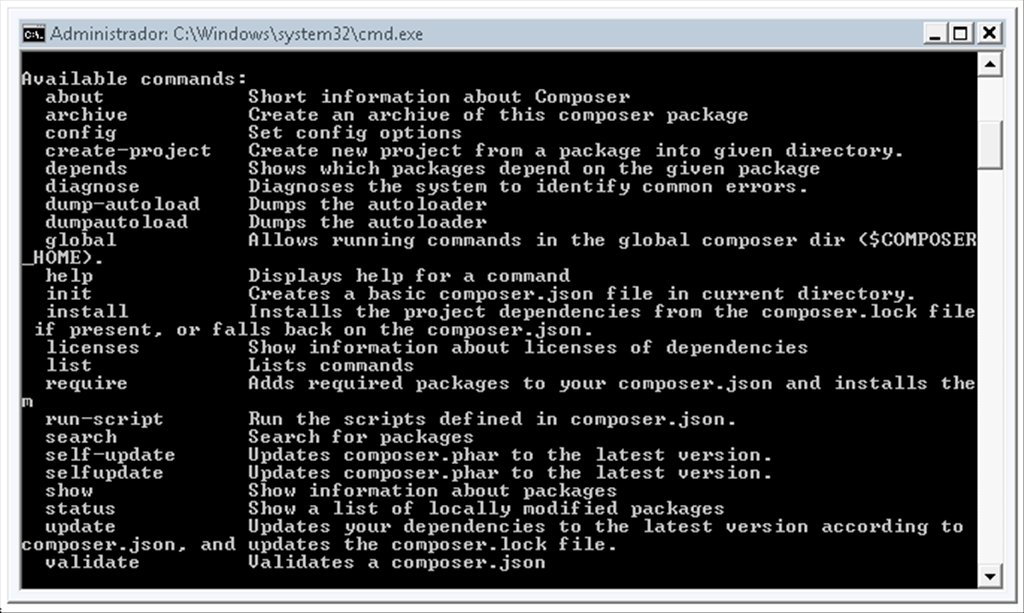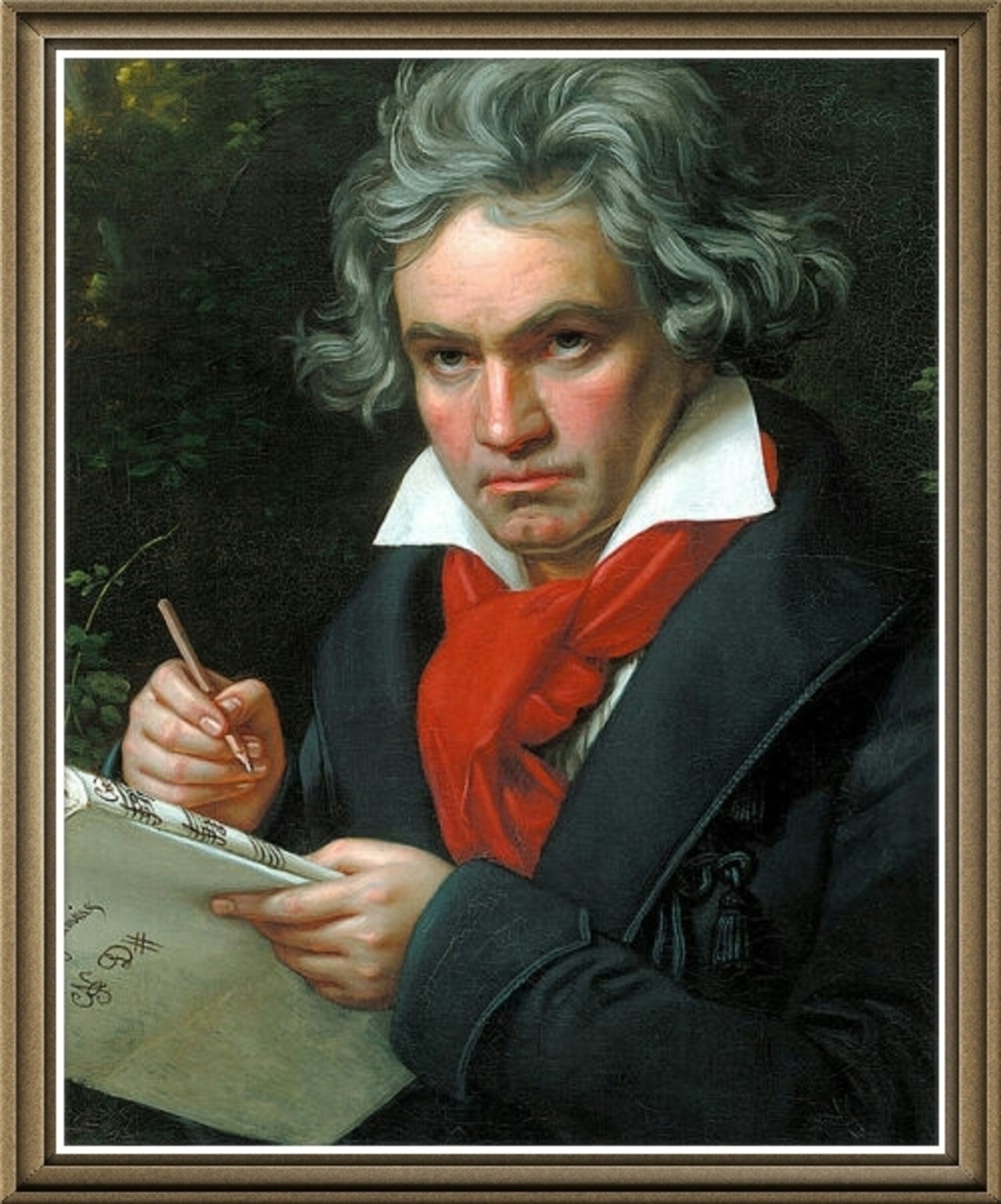
Because his music uses many of the harmonic progressions that came to form the basis of modern tonality, his works are sometimes used as early examples of this newly emergent tonal system.Īlong with his stature as a composer, Corelli was considered to be one of the preeminent violin virtuosos of his day.

His six published collections of concertos, sonatas and other works for violin were extremely popular, and made him the first composer to gain an international reputation solely on the basis of his instrumental music. Corelli enjoyed a stellar reputation both in Rome, where he was accepted in the highest aristocratic circles, and in much of Europe. He also formed a close bond not typical between patron and composer with Cardinal Pietro Ottoboni (later Pope Alexander VIII), at whose palace he lived for some time.

After 1675 Corelli worked for some of the most important musical patrons in Rome, including Queen Christina of Sweden, for whom he directed concerts. Bach, who owned his collection of organ works for performance during Mass entitled Fiori musicali (1635).īorn in Fusignano, Arcangelo Corelli studied composition and violin in nearby Bologna. Frescobaldi composed a small amount of vocal music, but it was his compositions for the keyboard-which included a number of toccatas, canzonas, ricercars and capriccios-that influenced composers well into the 18th century-particularly J. During this time he also held several other influential positions, including that of organist at the Medici court in Florence from 1628 to 1634. Frescobaldi was a famous keyboardist, and served as the organist at the church of Santa Maria in Trastevere in Rome before assuming the same post at St Peter's in 1608, which he held until his death. Monteverdi responded to Artusi in the preface to his Fifth Book of Madrigals (1605), dividing musical practice into prima prattica (first practice), in which rules of harmony and counterpoint took precedence over the text, and seconda prattica (second practice), in which the meaning of the words drove the harmony.īorn in Ferrara, Girolamo Frescobaldi was a student of the organist and madrigalist Luzzasco Luzzaschi he was also likely influenced by the maverick composer Carlo Gesualdo, who was also in Ferrara at the time. In addition to writing some of the most important music of his day, Monteverdi unwittingly elucidated perhaps the most critical tenet of the baroque era during the so-called “Monteverdi-Artusi controversy.” In 1600, Giovanni Maria Artusi published his L'Artusi, ovvero, Delle imperfezioni della moderna musica, which attacked the “crudities” and “license” of some of Monteverdi’s then-unpublished madrigals (including the well known “Cruda Amarilli”). Monteverdi also composed the earliest operas still performed today, including Orfeo (1607) and L'incoronazione di Poppea.

Monteverdi wrote some of the most influential compositions of the early baroque, including the famous 1610 Vespro della Beate Vergine (Vespers of the Blessed Virgin) and nine books of secular madrigals published between 15. Increasingly dissatisfied with the his situation in Mantua, Monteverdi left the court after the Duke’s death, accepting the position of maestro di cappella of St. Although the several journeys Monteverdi made with the duke in the 1590s seem to suggest that his importance at court was growing, Benedetto Pallavicino was offered de Wert’s post upon its vacancy in 1596. In 1592 he was appointed suonatore di vivuola (viol and/or violin player) to Duke Vincenzo I of Mantua his third book of madrigals, published in 1592, shows the strong influence of Giaches de Wert, the maestro di cappella in Mantua. A student of Marc’Antonio Ingegneri in Cremona, Claudio Monteverdi quickly established himself as one of the most significant composers of his time.


 0 kommentar(er)
0 kommentar(er)
